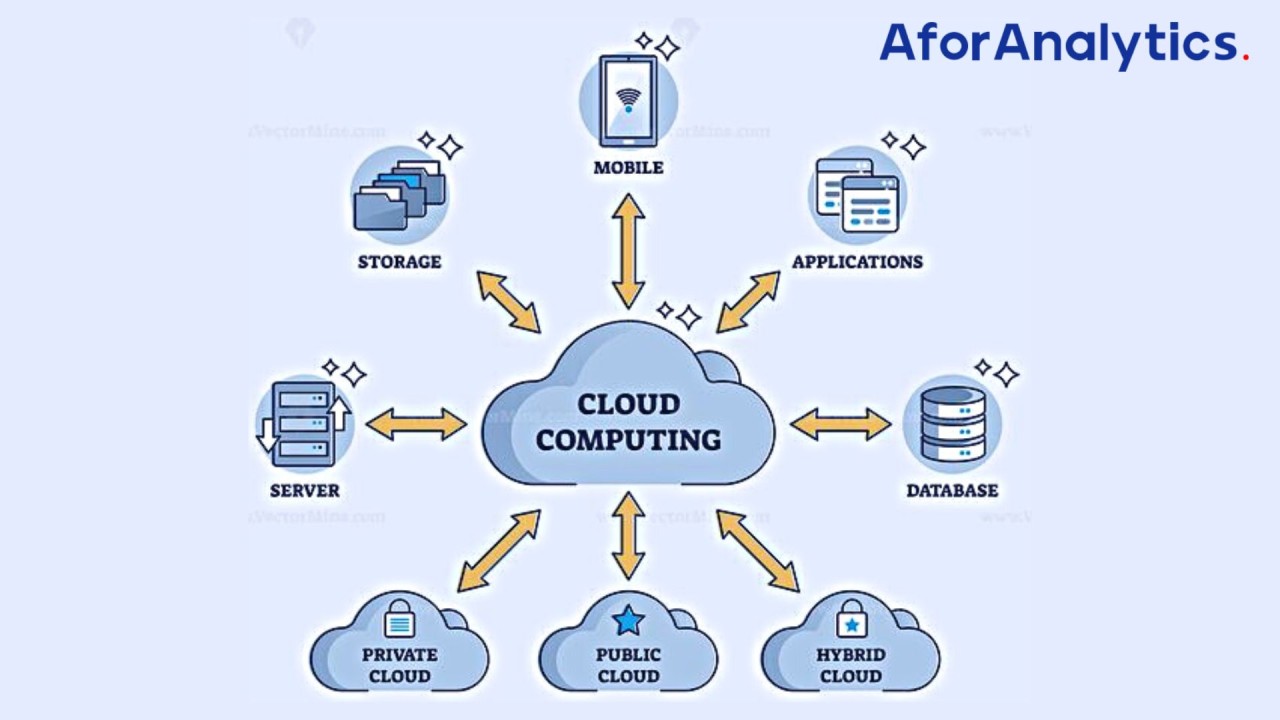Within the current digital landscape, businesses face an escalating risk from ransomware attacks that can lead to substantial data loss and operational disruption. As cybercriminals evolve their tactics, the need for a effective ransomware defense strategy has become paramount. One of the most effective ways to combat these threats is through well-planned backup systems. By implementing comprehensive backup solutions, organizations can ensure they are prepared to respond swiftly to an attack, minimizing downtime and preserving critical data.
Cloud backup solutions have gained popularity for their scalability and accessibility, providing a safeguard against data loss. Additionally, hybrid backup practices that blend both on-premises and cloud solutions offer an enhanced layer of security. With a solid data recovery planning approach in place, businesses can recover from ransomware incidents and continue their operations with minimal impact. Ransomware Defense Strategy play a crucial role in facilitating this process, allowing organizations to bounce back from the unexpected. It is essential to understand the importance of a resilient backup strategy in the fight against ransomware, as it often shapes the success of recovery efforts.
Cloud Storage Backup Options
Cloud backup solutions have emerged as a essential component in the battle against ransomware. By storing data offsite in protected data centers, organizations can ensure that their information is protected from local threats. These solutions offer systematic backup processes, which minimize the risk of human error and ensure regular updates of important data. Organizations gain advantages from the adaptability of cloud services, allowing them to adjust storage capacities as their data grows without large capital investment.
One of the key advantages of cloud backup is the ease of access it provides. In the event of a ransomware attack, businesses can quickly retrieve their data from the cloud, minimizing downtime and disruption. Many cloud providers offer versioning capabilities, allowing users to restore previous versions of files that may have been encrypted or damaged by ransomware. This instant access to clean backups can be a game changer, significantly reducing the impact of an attack.
Furthermore, cloud backup services often feature enhanced security measures, such as data encryption and multi-factor authentication, further enhancing the protection of backup data. These security features help mitigate risks associated with data breaches and ensure that backups stay intact even in the face of cyber threats. By incorporating cloud backup solutions into their ransomware defense strategy, organizations can develop a robust framework for data recovery and resilience against future attacks.
Malware Defense Strategies

Setting up a comprehensive ransomware defense plan is essential for safeguarding sensitive data and maintaining organizational operations. One of the main elements of such a strategy is the integration of extensive data backup systems. Consistently scheduled backups to both on-premises and cloud-based platforms can mitigate the impact of ransomware incidents. This combined approach allows organizations to recover their information quickly, reducing downtime and avoiding substantial monetary losses.
In furthermore to backup systems, organizations should embrace a forward-thinking approach towards security. This includes conducting frequent security training for staff, which helps them recognize scamming attempts and additional common techniques used by ransomware attackers. Utilizing cutting-edge threat identification and device protection solutions will additionally bolster protection. An efficient malware defense strategy often includes regular testing of backup solutions to verify information integrity and rapid restoration in the case of an attack.
Lastly, integrating blended backup methods can improve an entity's ability against ransomware. By using a mix of on-premises and cloud backups, companies can establish multiple recovery points. This not only secures data against ransomware but also guarantees that a recent, clean copy is readily available. Incorporating these approaches into a holistic data recovery planning strategy strengthens a company's ability to resist and bounce back from ransomware incidents efficiently.
Information Restoration and Emergency Preparedness
Effective information restoration and emergency preparedness are essential in reducing the effects of ransomware attacks. Organizations must have a detailed recovery plan that incorporates regular backup timelines, utilizing a combination of online storage options and on-premises storage. This blend offers flexibility and backup options, ensuring that critical data can be restored quickly even in the event of an attack. Testing these backups periodically is crucial; lacking validation, businesses may find themselves ill-equipped when it matters most.
Adopting hybrid backup practices allows companies to leverage the advantages of both online and on-site storage. Online backup solutions provide remote protection against disasters, while on-premises backups can offer quicker recovery times. A well-structured backup strategy should also take into account factors such as recovery time objectives (RTO) and recovery point objectives (RPO) to align with overall business operations and minimize downtime.
Information restoration planning is not just about storing duplicates of data; it involves having a clear response strategy for when cyber threats occur. This includes educating employees on identifying threats, regular updates to software security, and simulations to practice recovery procedures. By integrating these elements into a crisis management system, companies can enhance their capacity to recover against ransomware and ensure a swift return to operations after an event.
